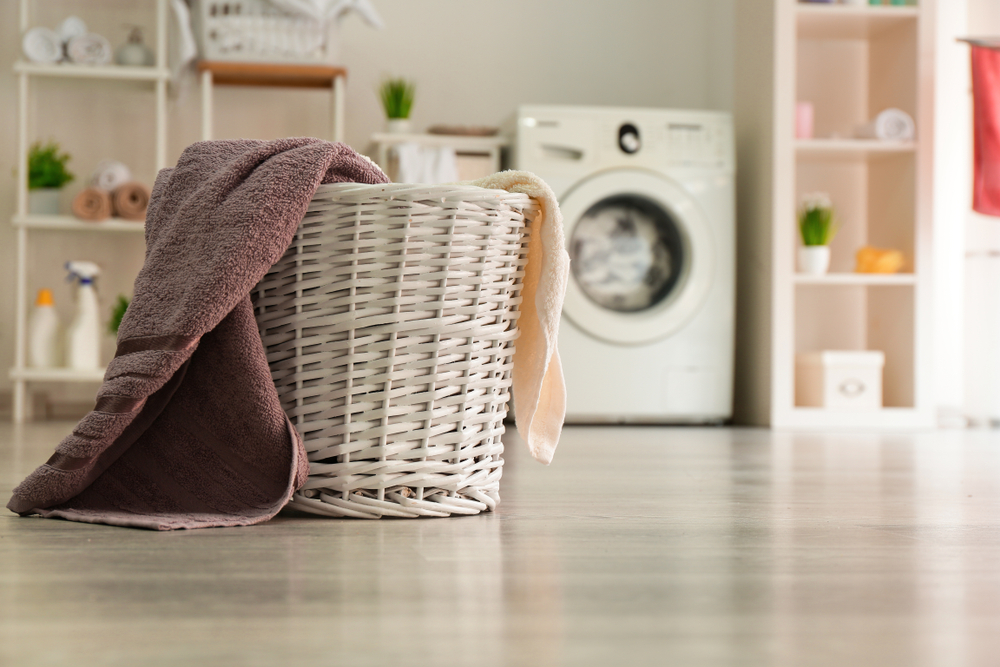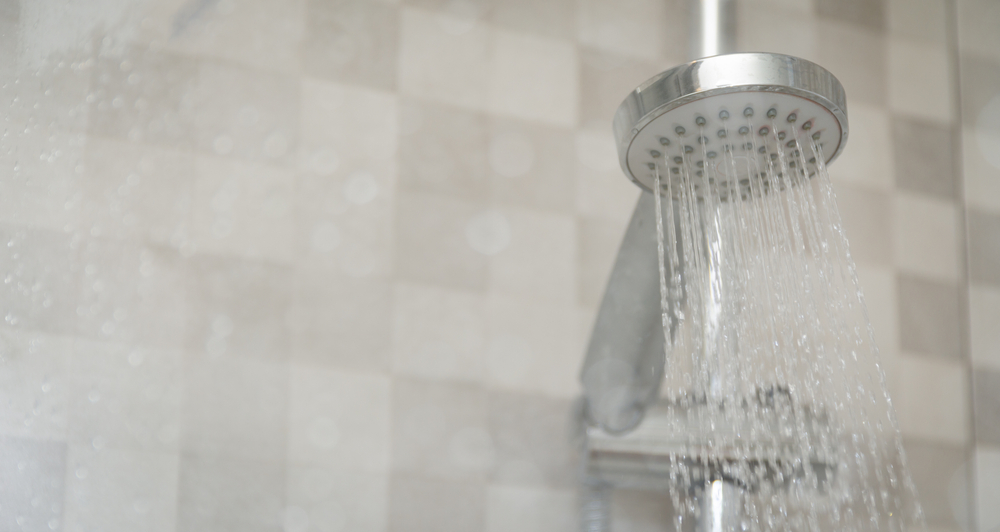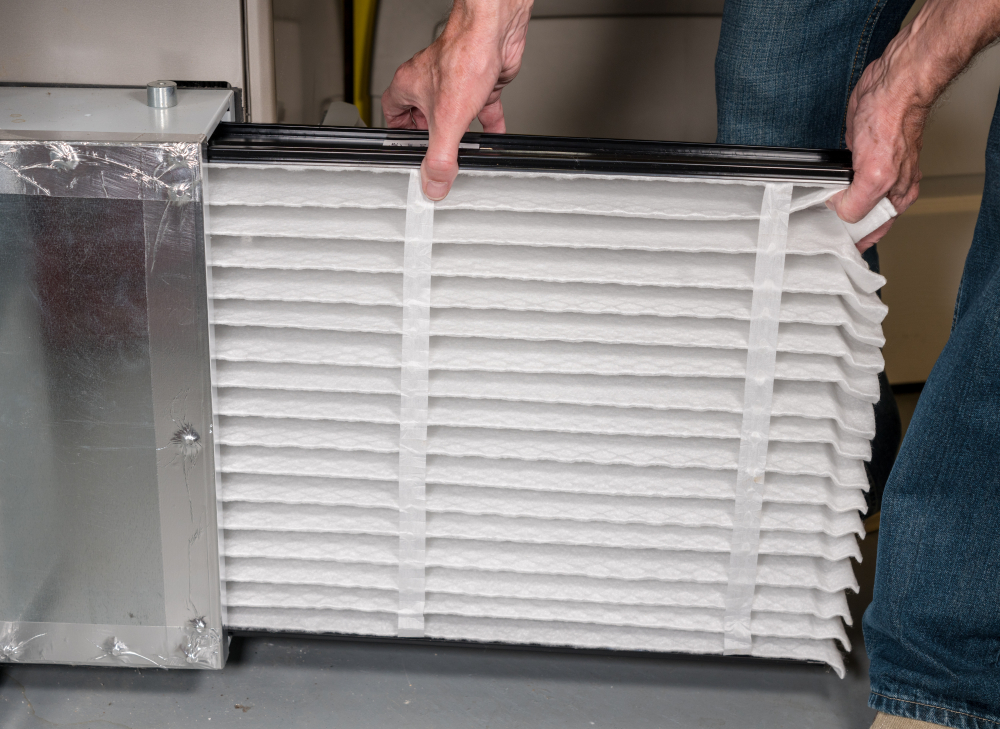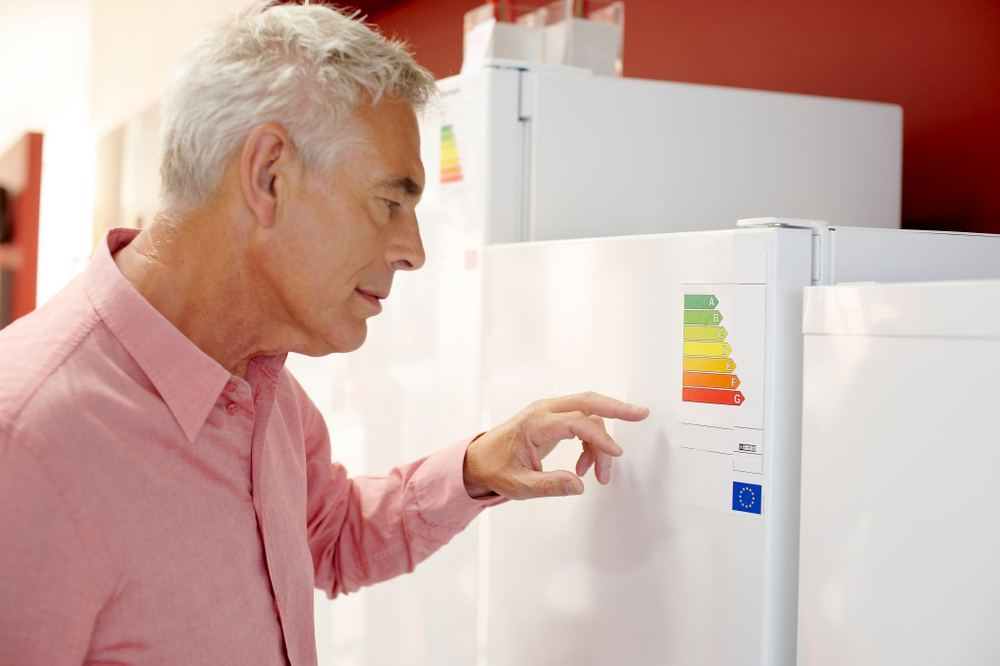These 10 Bad Habits Waste Energy (and Money)
Old habits die hard. Unfortunately, some daily bad habits around the home threaten to increase a homeowner’s utility costs. These bad habits waste energy and, in turn, increase the costs each month. Unfortunately, many homeowners embrace these habits typically without understanding the financial cost.
What are the bad habits that are costly mistakes? These 10 bad habits waste energy and money:
- Leaving lights on when they aren’t needed
- Washing partial loads of dishes
- Washing partial loads of laundry
- Turning the heat too warm or the AC too low
- Taking long hot showers
- Using incandescent light bulbs
- Rewashing or redrying clothing
- Not changing the air filter of the HVAC
- Using a standard fireplace
- Not upgrading to energy-efficient appliances

Don’t Leave the Lights On
Those small bulbs might not seem to use much electricity. Homeowners might leave a lamp on when they leave a room. They might forget to turn off the lights in the bathroom. No big deal.
Light bulbs use energy. If the light isn’t needed, the homeowner is paying to light a room unnecessarily. Not only is this a waste of energy, but it’s also a waste of money. Every illuminated bulb is more money to tack on the utility bill.
Wash Only Full Loads of Dishes
The dishwasher uses energy via water and the heat needed to warm that water and dry the dishes. Washing partial loads of dishes uses energy. Each load costs a little under $0.19 to wash, and while that isn’t a massive cost, all those small loads will add up.

Don’t Wash Partial Loads of Laundry
Like the dishwasher, the washing machine uses water and electricity to operate. Use this appliance efficiently and only wash full loads of laundry. Need to wash a single shirt? Toss more clothes in there, too, and fill up the load.
Again, the cost associated with the load of laundry isn’t incredibly steep; in fact, it only costs about $0.67 (but this varies per region). However, this is just one cost that adds into the price of the home’s electricity and water bills at the end of the month. Be efficient and wash only full loads of laundry.
Making the Home too Warm or Too Cool
Heating and cooling the home accounts for the dominant share of the home’s energy use (and costs). While homeowners might love a warm balmy home in the winter, turning the heat too warm will only cause the HVAC to work harder. It also will amp up the utility costs.
The same holds true when using the air conditioner in the summer. Don’t drop the thermostat too cool.
The recommended thermostat temperatures (for optimal energy use) are 68 degrees Fahrenheit in the winter and 78 degrees Fahrenheit in the summer.

Taking Long Hot Showers
A hot shower is relaxing. However, the longer the shower the more energy and water the individual will use. To save money and energy, try to take shorter showers.
Using Incandescent Light Bulbs
Incandescent light bulbs emit more heat and use more energy than LED bulbs. In addition, incandescent light bulbs need to be replaced more frequently, while LED bulbs can last years. To save money and be more energy-efficient, swap out those incandescent bulbs for LEDs.
Redrying Clothing
Pay attention to the length of the drying cycle when drying clothes. It’s easy to forget about clothes in the dryer, but redrying them will only waste more energy and cost more money, too. Drying a load of laundry costs about $0.45. Again, while that might only be pocket change, it adds up quickly especially if homeowners keep drying the same load.

Not Changing the Air Filter of the HVAC
To keep the HVAC system running efficiently, homeowners should change the air filter regularly. While many filters might need to be changed every three months, some might need to be changed more frequently. Check the air filter and set an alert on a smartphone as a reminder to change out the filter.
A dirty filter could lead to the system working harder, and, thus, cost the homeowner more in energy costs.
Using a Standard Fireplace
A warm fire in the fireplace might feel cozy, but throwing using a standard wood burning fireplace isn’t energy efficient. The majority of the heat from the fireplace escapes via the chimney, which means the fireplace is a less than optimal way to heat the home.
Ditch the fire this winter. Instead, opt for an energy-efficient fireplace insert.

Not Upgrading to Energy-Efficient Appliances
Is an appliance at the end of its life? Homeowners who need to replace an older fireplace should upgrade to an energy-efficient model. Not only do these appliances use less energy, but they can add to savings, too. Some energy-efficient appliances could qualify for rebates.
How many of these energy-busting bad habits are adding to energy waste and adding to the utility costs? Homeowners can change their bad habits now to save money, live greener and reduce unnecessary energy use.


